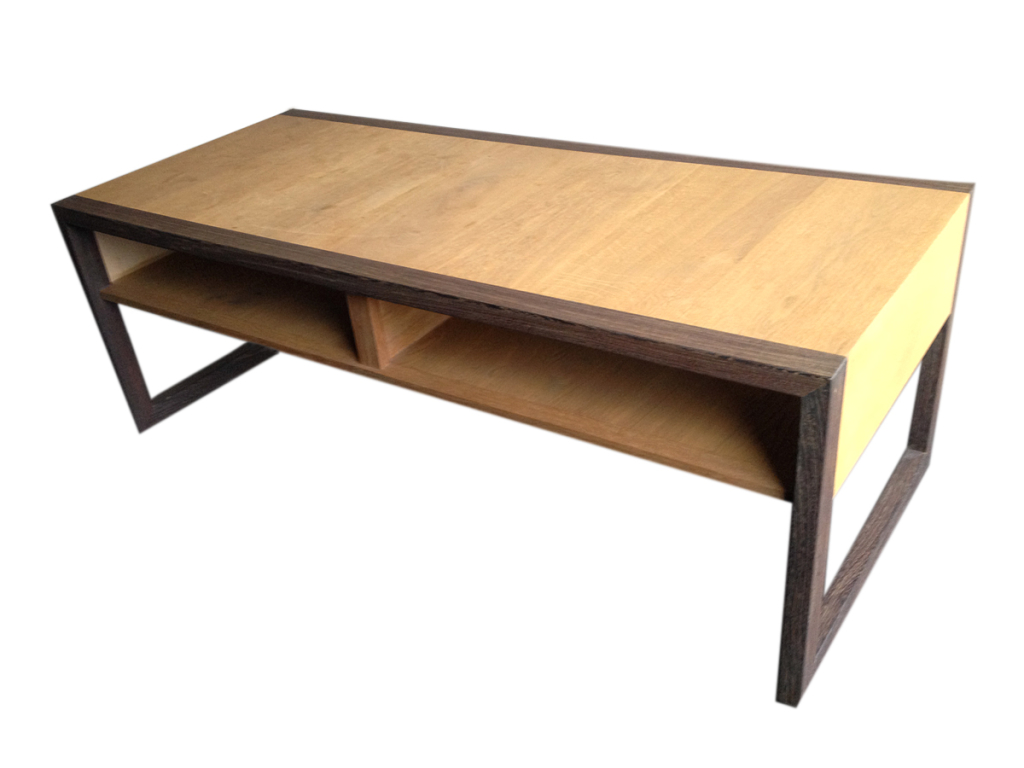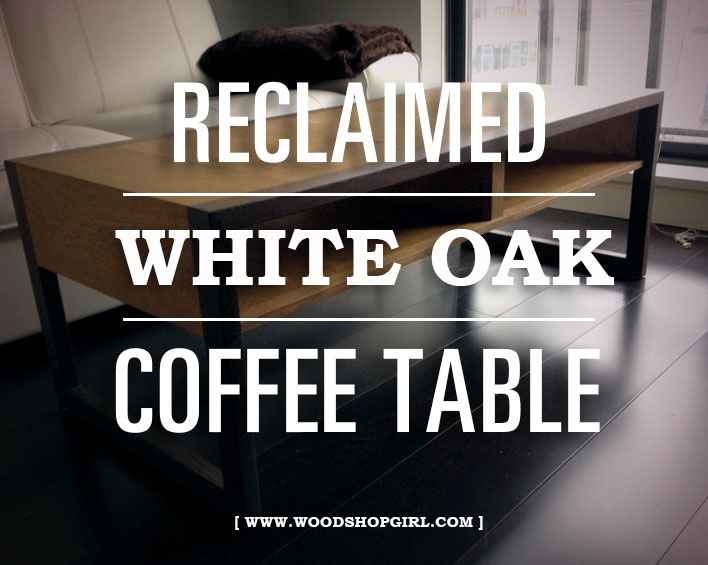 I’ve always loved using salvaged materials to build things. Not only is it incredibly economical, but I also love the challenge of designing something based on the material I have available. I’ve worked at BC Hardwood Floors since 2009 building custom stairs and Millwork, and over the years I’ve observed a phenomenon; the construction industry is INCREDIBLY conducive to waste. Rather than lament this fact of reality, I’ve simply come to love the fact that this means an endless supply of high-end material for my own projects. (Of course, it also feels good to keep something from a landfill by turning it into something beautiful and useful). This coffee table was one of the first ones, made in 2010.
I’ve always loved using salvaged materials to build things. Not only is it incredibly economical, but I also love the challenge of designing something based on the material I have available. I’ve worked at BC Hardwood Floors since 2009 building custom stairs and Millwork, and over the years I’ve observed a phenomenon; the construction industry is INCREDIBLY conducive to waste. Rather than lament this fact of reality, I’ve simply come to love the fact that this means an endless supply of high-end material for my own projects. (Of course, it also feels good to keep something from a landfill by turning it into something beautiful and useful). This coffee table was one of the first ones, made in 2010.
My process usually starts with the material. In this case there were a number of off-cuts of this high-end European white oak, left over from a set of treads I built at work. There were also some pieces of solid Wenge kicking around (a very expensive African hardwood) which were too short to build any more treads with. I wanted a new coffee table for my own home so this provided the parameters of what I would build with it, and the design took off from there.
I sometimes make the plans and figure out the dimensions of a piece as I go, but I’ve learned through experience that there is a much more efficient way to work… My design process has since evolved to look like this:
Material-Rough design-problem solve-make plans-create
Once I had the rough design, I had to figure out how to make the wood I had work for what I wanted to create. The pieces of wenge were too short for my design, so I had to exercise a little woodworking magic in the form of a carefully crafted scarf joint* with a veneer* layer to make it appear to be the length I so desired. Once I had this part figured out, I went to town building with my rough design and voila! A coffee table was born.
*A scarf joint – (also known as a scarph joint) is a method of joining two members end to end in woodworking or metalworking.
*ve·neer. [vəˈnir] NOUN
1.a thin decorative covering of fine wood applied to a coarser wood or other material.
Did you Like What you Read?
Sign up for our Newsletter and get Tools, Tricks & Tips to Educate & Inspire you straight to your Inbox!!
